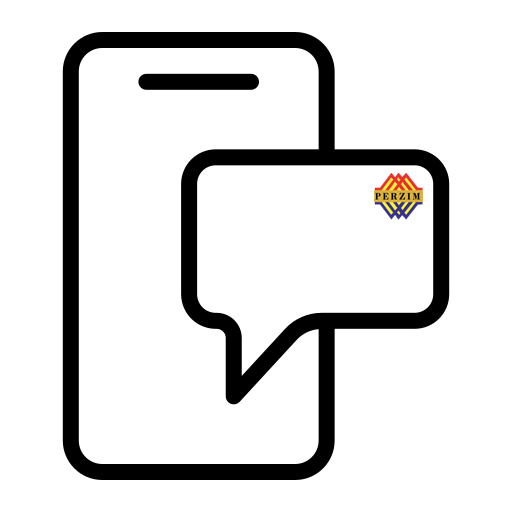MUZIUM ISTANA KESULTANAN MELAKA / MELAKA SULTANATE PALACE MUSEUM
HERITAGE LEGACIES OF THE MELAKA MALAY SULTANATE
THE TRADITIONAL MELAKA MALAY HOUSE
The basic shape and architecture of the traditional Melaka Malay house has similarities with the palace architecture of the Melaka Malay Sultanate. Among similar features are construction made of wood, structure raised on stilts and pitched or folding roofs of at least two tilt angles. There used to be a prohibition on ordinary citizens from making additional porches at the front of the house, building extra storeys, having transfer columns or having single columns straight to the roof. In addition, the similarity is also evident in the construction elements such as moulded beams, platforms, roofs, awnings, threshold walls and framework. The materials used are from sources that are easily obtained in the surrounding environment such as wood, bamboo and thatched leaves or fronds to make the roof.
MALAY HERITAGE CLOTHING
The Malay traditional clothing or fashion worn by the Malay people today is part of a continuum of the clothing styles worn by the royal family, the nobility and the common people in the era of the Melaka Malay Sultanate. Variations of Malay clothing used to be worn according to their respective ranks and positions or practicality. What distinguishes between the clothing of the elite and the common people is simply in terms of material type and quality of the fabrics and accessories. The use of the baju kurung teluk belanga dress, the kain or sarong, the samping woven waistcloth and others remain common garments still continuously worn by men and women today.
THE MALAY LANGUAGE
The Malay language was known to have been spoken before the time of the Melaka Malay Sultanate. Linguistic researchers have found that Malay has been recorded since at least the 7th century centred around Muara Jambi. During the Ming Dynasty, the earliest Chinese-Malay dictionary was composed entitled Man La Jia Guo Yi Yu which means ‘List of Terms of the Nation of Melaka’. Although according to Tome Pires in his book Suma Oriental where he stated that there were 84 types of languages spoken in Melaka ports and markets, in the time of the Melaka Empire, Malay had become a widespread language or lingua franca throughout the Malay Archipelago, which was also why it was named so.
MELAKA SULTANATE ARMAMENT TECHNOLOGY
The wavy kris dagger, swords, spears, javelins, blowpipes, bows and arrows were all traditional weapons used during the Melaka Malay Sultanate. However, it is also known that the use of firearms was also found at that time as stated in Portuguese records, which state that Melaka had at least 3,000 cannons, small and large. In the Sultan's warehouse there were also found such weapons including the gunpowder, sulphur and cannon balls
MALAY SHIPPING AND SAILING TECHNOLOGY
Sailing and water transportation were synonymous with Melaka Malay life since even before the arrival of Parameswara. The local inhabitants, the Orang Laut, had sailed perahu boats that were used for fishing and collecting seafood or maritime products. Parameswara's voyage to China in 1411 and others using Malay ships also showed Melaka had good shipping skills.
Portuguese records also observed that the Melaka Malay ships referred to as 'jong' (from which comes the word ‘junk’) was found to be larger and more powerful than theirs.
Looking also on records of the great ship or ark of the Sultan used in Hang Tuah’s ambassadorial voyages, which is named Mendam Berahi (a ‘galley’ class ship), it also shows how advanced Melaka's shipping technology was at that time. Mendam Berahi has been recorded in voyages to several places such as Majapahit Java, China, ‘Benua Keling’ (Vijayanagara in India), Siam, Makkah and Egypt.
